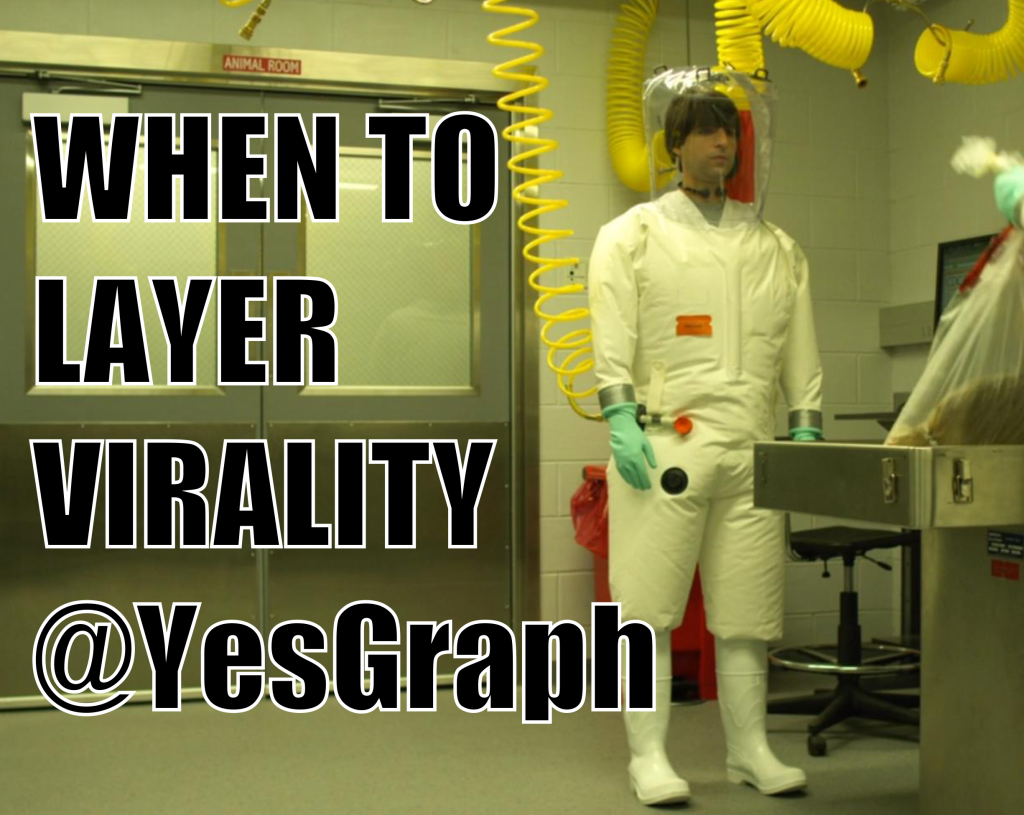Pernicious ideas around virality are too common. People think they can just sprinkle virality on top. People often think they need to work on virality really early when developing a product. The right answers are more textured.
Activation and retention should be your primary focus. Don’t worry about top level growth. Don’t worry about K-factor or some other viral jargon bullshit. It is much simpler than that.
Just answer this question: “do people like my product?”
Activation is a measure of someone getting into your product to really experience it. At Dropbox, activation is measured by installing the desktop client and syncing a file. Mobile might be changing this, but for years it was an excellent measure. The reason is that almost no good users didn’t first follow those steps.
Onboarding is tricky, and getting someone to have a great first experience is an essential part of making them stick around, a.k.a. retention.
Retention is actually the most important part of virality. Go read this post of ours on the core metrics to any viral flow. The very first number I recommend tracking is what percentage of your users are sending invites. Practically, only retained users are sending invites.
If only 25% activate and 25% of those that do are retained, then your user base you hope starts inviting others is much smaller. It is easier to make activation go from 25% to 50% than it is to double your virality. Plus onboarding and retaining invited users still matters — so increasing retention increases the number of new active users you get from those invited via virality.
Exception: Density Impacts User Experience
There is an exception to this focus. Some applications have a dramatically different user experience when they are empty or full of your friends. Google+ is a bad experience because no one is on it, not because it lacks feature parity to Facebook.
How do you get density without being huge? Isn’t there a chicken and egg problem here?
The solution is to focus on density at the start. Facebook started at Harvard, Airbnb started in San Francisco, and eBay focused on niche products.
Alternatively, make a single player experience in your app that works without other people. Instagram made your photos look cool and easy to share to other networks before they had their own network. Dropbox syncs files across your computers before you had any shared folders.
Density can be achieved with community engagement or paid acquisition targeting a narrow area. It can also work with people inviting friends because friends tend to be in a cluster.
For YesGraph, we have a network effect with data not with people. The more we see, the better we perform. Luckily, we have a “single player experience” that helps us understand your data without needing to see all the data in the world.
Exception: Density Impacts Operations
If you’re working on an on-demand product, often times the density will affect whether your business is viable or not. You often have fixed costs proportional to peak load, meaning low density might cause negative unit economics. You lose money per transaction. With higher density, that can be flipped, so that your fixed costs help you scale really fast.
This and the previous example are both network effects, and you need a way around them. Most on-demand services start in a single city, even a single small area within a city.
Make Sharing and Invites First Class
If you do think being social is an essential part of your experience, you must make it a first class citizen. You must make the sharing and invite features so central to your app and so obvious to use that almost everyone in your app does them.
The best example here is probably WhatsApp. It’s a messaging tool that literally doesn’t work without others. There is a social network effect with no single player experience. Even Facebook started with building profiles for yourself.
The invite flow is so good it feels like a native experience. It is also incredibly easy to get into the flow — just try to message a friend.
YesGraph Helps You Grow
Our goal at YesGraph is to make your sharing an invite flows perform a better. So when you do focus on this, try us out. Here is how it works: we can recommend who a user should invite. We first process a user’s network, like their mobile address book, Facebook, or email contacts. Then we recommend the top contacts for the app. We adapt and tune the ranking for your app — whether it is B2B or something for consumers.

